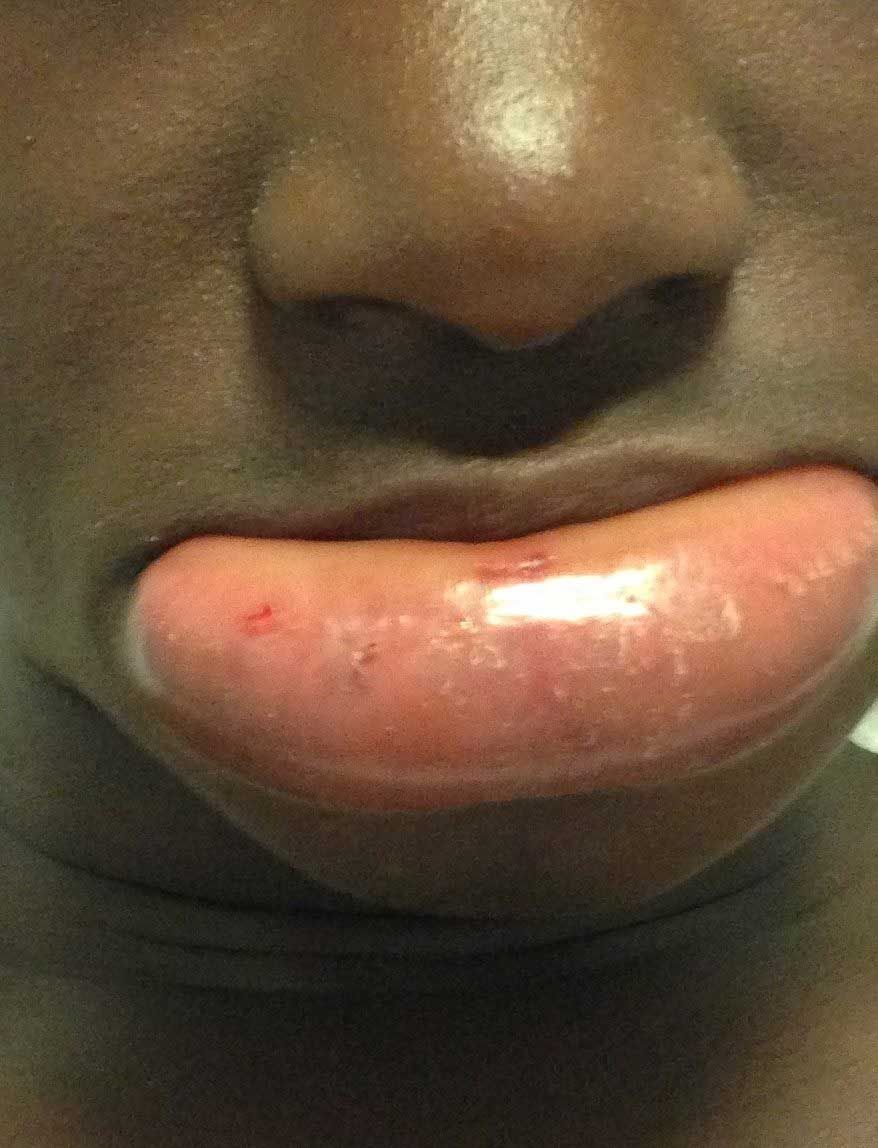angioedemes MASTOCYTAIRES
Mast cell angioedema is common
There are several possible causes:
- Spontaneous, the most frequent
- Caused by a medication (anti-inflammatory NSAID for example)
- Allergic, more rarely

symptoms
Angioedema is often recurrent, sometimes accompanied by hives (itchy red patches).
They can last from a few hours to a few days. They can affect any part of the body and are often impressive if they affect the face.
They often occur in atopic people, i.e. those with a history of asthma, hay fever, eczema, urticaria, etc.
THE causes of MAST CELL ANGIOEDEMA
- The most common cause is spontaneous mast cell angioedema. This is a form of chronic spontaneous urticaria. They are benign even if they affect the throat. They can occur once a year (or every 10 years) or once a week or more. The outbreaks are sometimes encouraged by friction, heat, effort, taking certain medications (NSAIDs for example). The treatment is based on antihistamines.
- Angioedema due to NSAIDs: Angioedema occurs when consuming this class of medication. It occurs several hours after ingestion. It is not an allergic phenomenon. It is not serious.
- Allergic angioedema: they are rare and rarely isolated. They occur within minutes of ingesting food or medication or an insect bite. They are often associated with a feeling of discomfort, digestive symptoms (nausea, vomiting), generalized redness, etc. This is a life-threatening emergency.

Consequences of angioedema
There may be discomfort, pain and anxiety. Attacks also cause fatigue
Other consequences at skin level:
- The skin may be uncomfortable and make certain movements difficult
- It shows and it has an impact on physical appearance.
- The gaze of others can alter one's self-image and self-esteem.
Mast cell angioedema located in the throat is impressive but rarely serious. Only allergic mast cell angioedema can cause asphyxia.
Spontaneous mast cell angioedema is benign.









